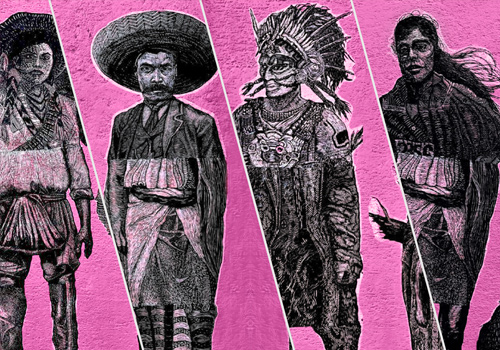In a sweeping education reform, Vietnam has officially scrapped all tuition fees for public school students, making schooling free from preschool to the end of secondary education.

The policy, approved by the National Assembly, came into effect immediately and applies to Vietnamese citizens and individuals of Vietnamese descent living in the country.
Free Public Education for Millions
The new law covers all levels of public education—including preschools, primary and secondary schools, and continuing education centres. The reform is expected to benefit over 23 million students currently enrolled in Vietnam’s public school system.
For those attending private or independent institutions, the government will subsidise tuition fees. Local authorities will decide the exact amount, ensuring that subsidies do not exceed the school’s actual tuition costs.
Phased Implementation Begins in 2025
Starting in the 2025–2026 academic year, the waiver of tuition fees will begin with students in preschool (age 5), primary, and lower secondary levels.
Targeted Support for Border Communities
To support underserved regions, especially ethnic minority communities in border areas, the Vietnamese government will provide free school lunches starting in September 2025. Schools in these communes will also receive infrastructure upgrades, including improved classrooms, sanitation facilities, and housing for teachers.
Strict monitoring will be in place to ensure food safety and meal quality.
Education Declared a “National Mission”
Vietnam’s General Secretary, To Lam, described the initiative as a core national mission. Speaking during a National Assembly session in late 2024, he emphasised the government’s duty to support future generations and reduce the financial burden on families.

The policy was greenlit by the Politburo in February 2025 after a financial assessment confirmed the country’s capacity to sustain the reform.
How Vietnam’s Model Compares to Singapore’s
While Singapore provides free primary school tuition for citizens, other costs—such as miscellaneous fees—still apply. These are usually covered by Edusave for most families. Students from low-income backgrounds receive full support through the MOE’s Financial Assistance Scheme (FAS).
Vietnam’s model differs by removing all public education fees outright and extending government help to those in private education. It reflects a commitment to full education access across socioeconomic backgrounds, especially in rural and border regions.
As other countries watch closely, Vietnam’s move may inspire similar education reforms across Southeast Asia.
More of The Other Side:
Trump Lifts Sanctions on Syria, Paving Way for Economic Recovery and Global Reconnection
Spain Halts Arms Trade With Israel, PM Sanchez Labels Israel a ‘Genocidal State’
Keep up with #TheOtherSide on Telegram and TikTok.
@the.other.side77
Share this content:



